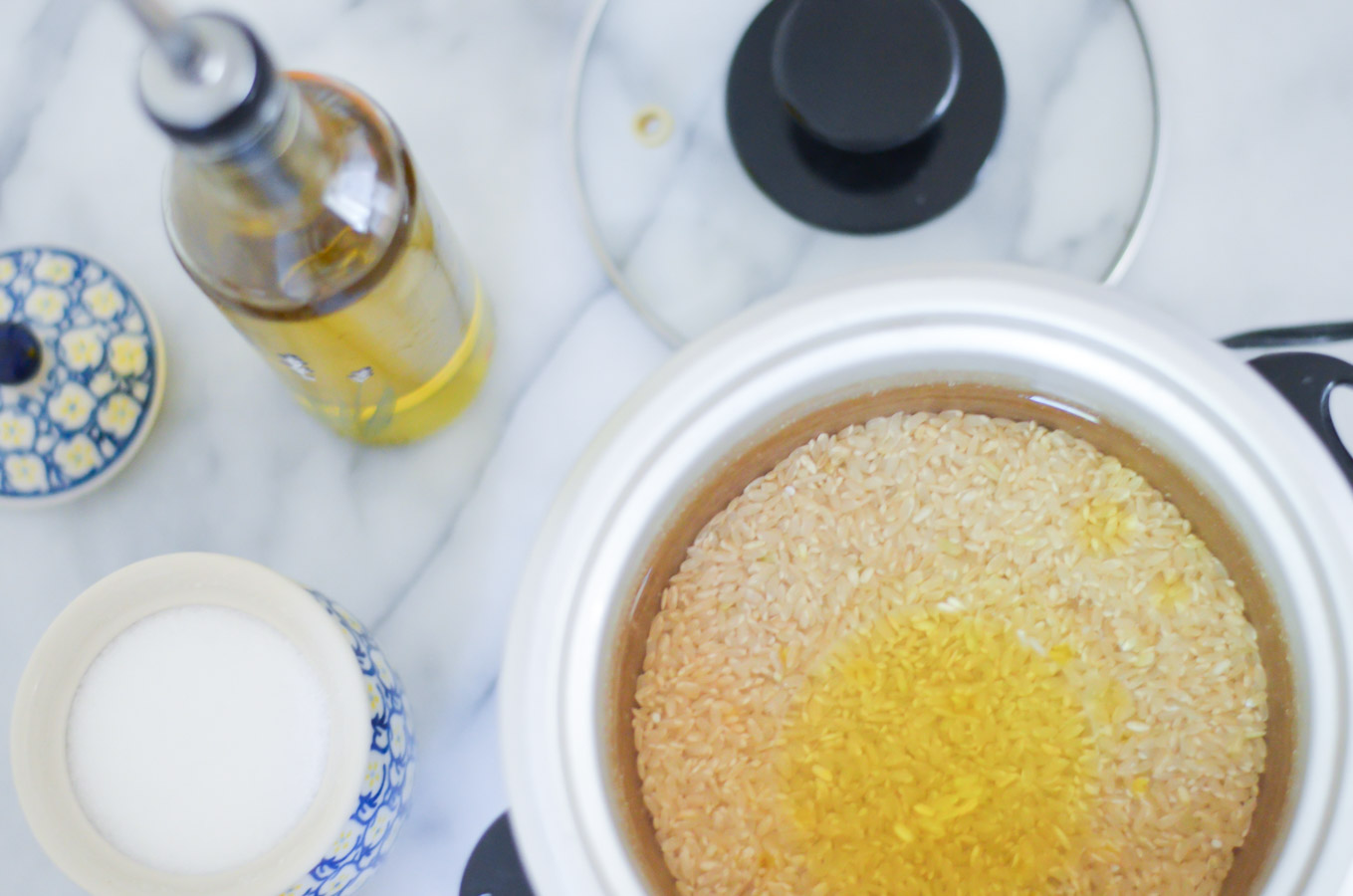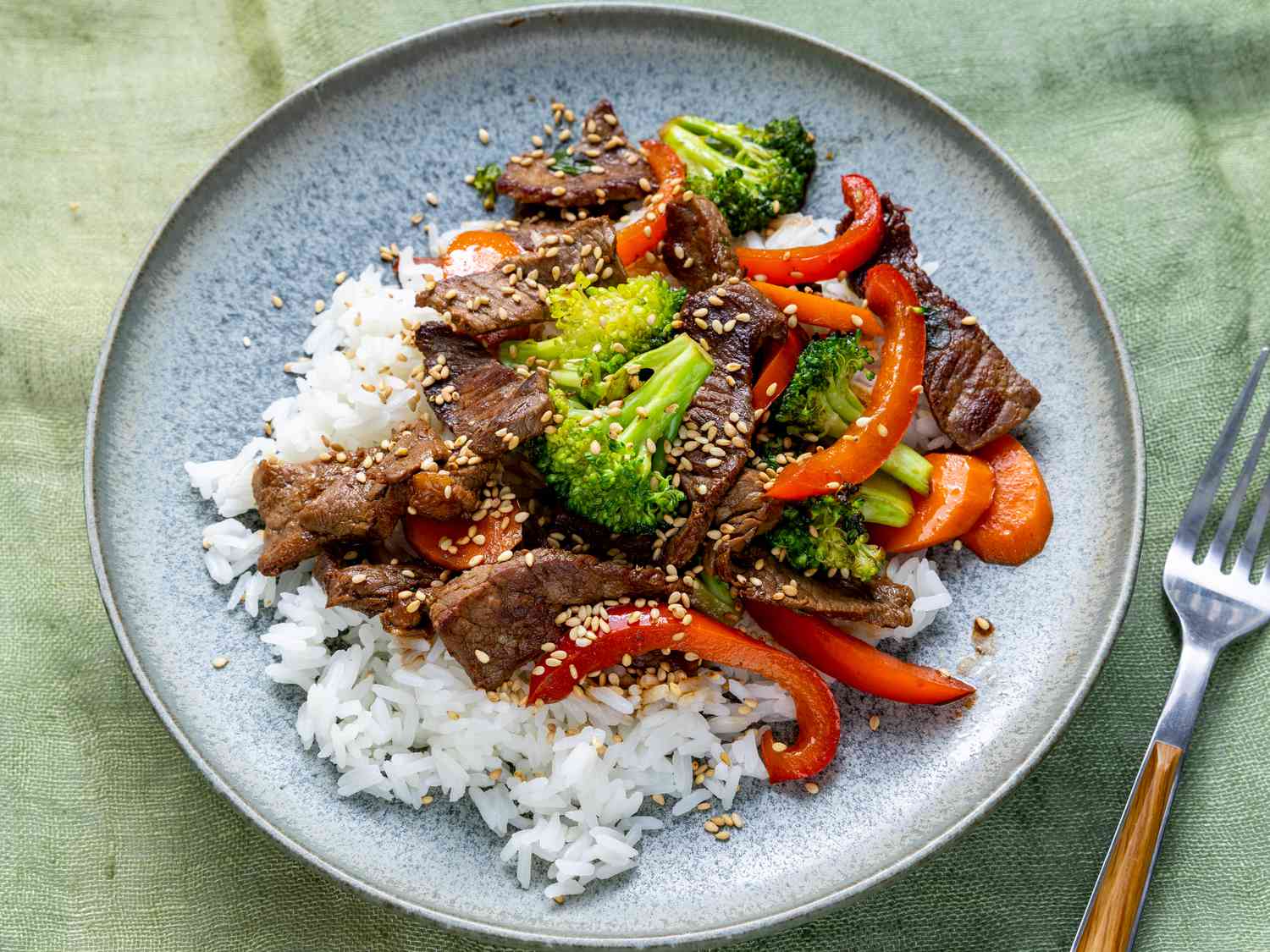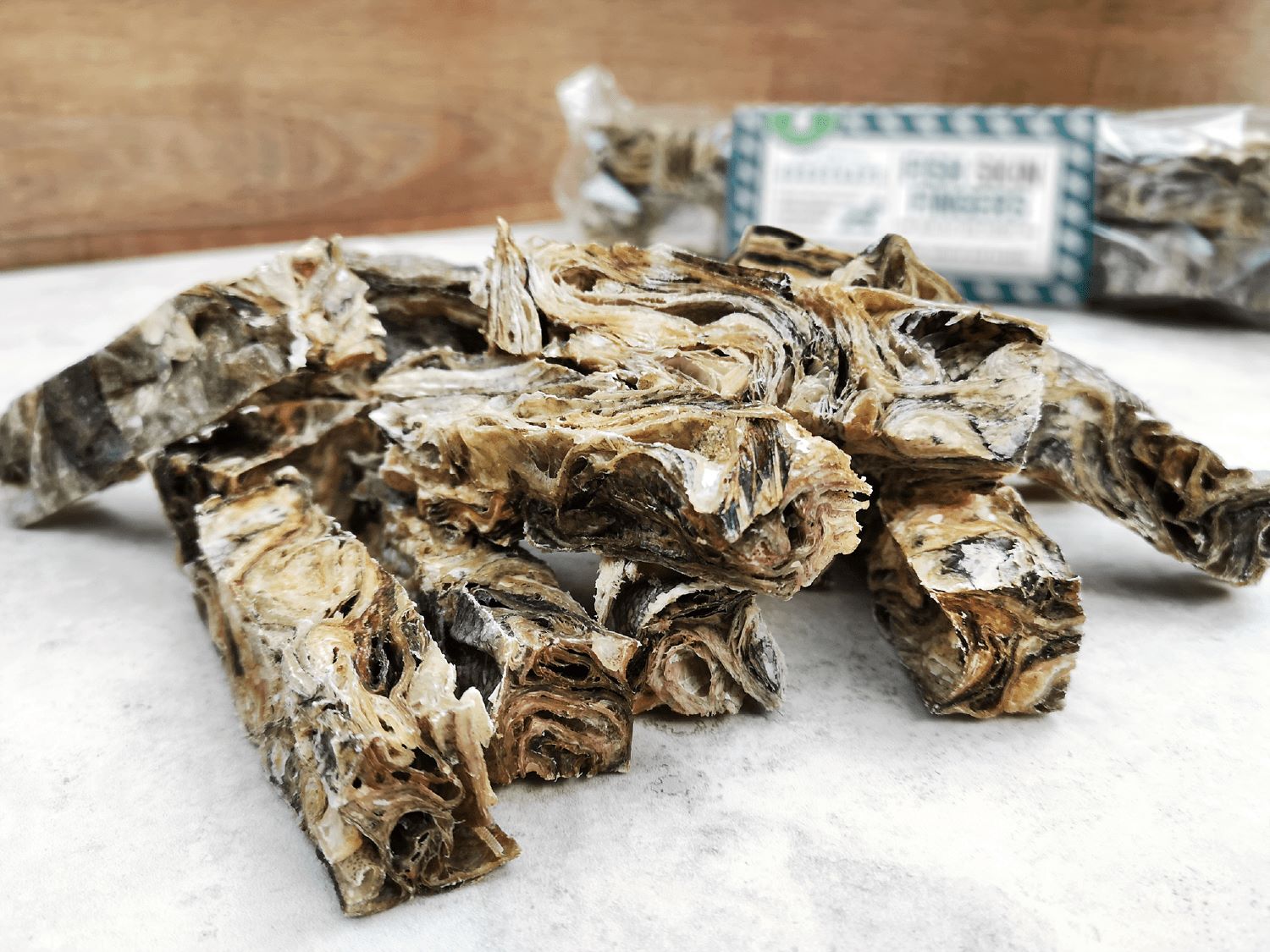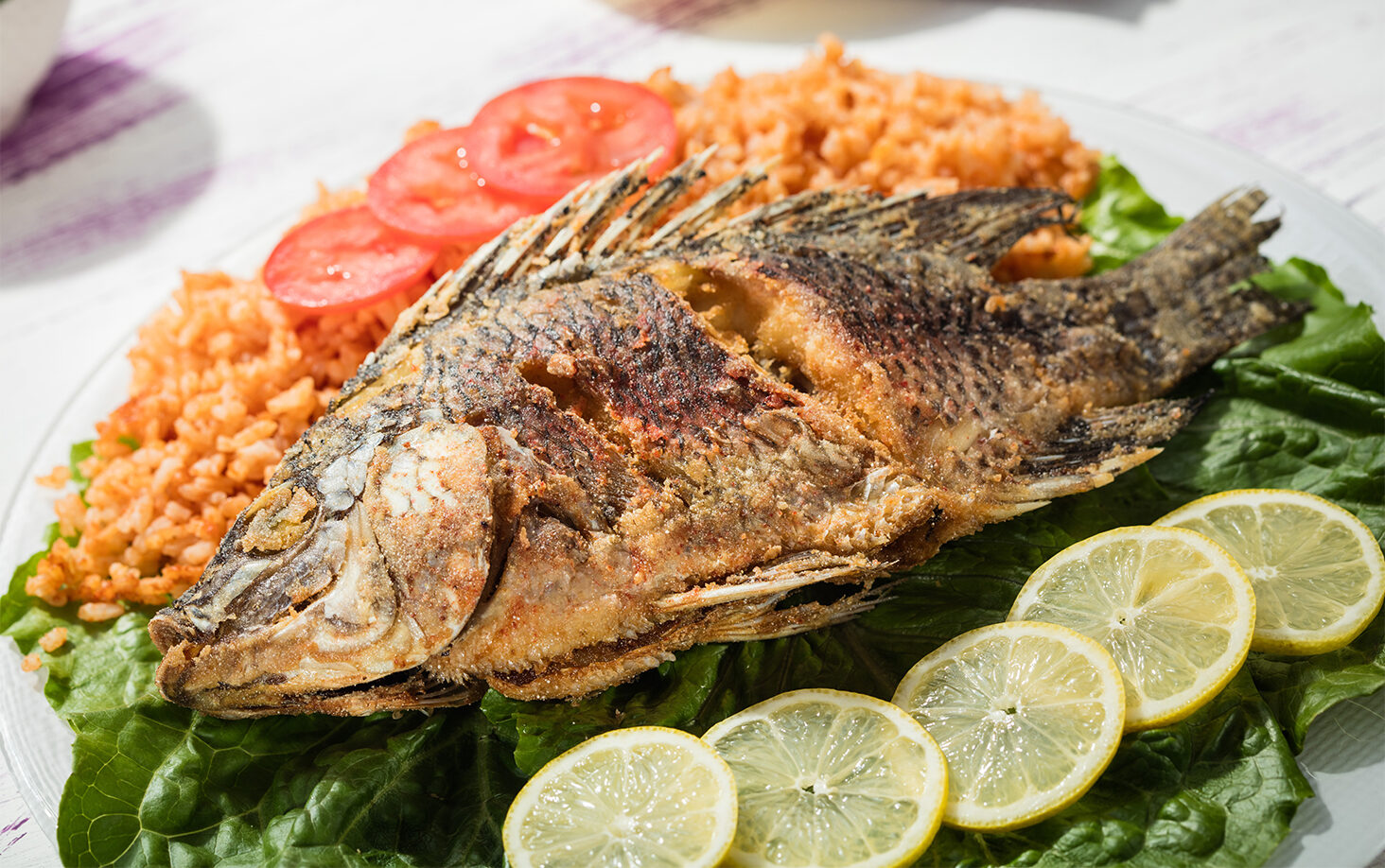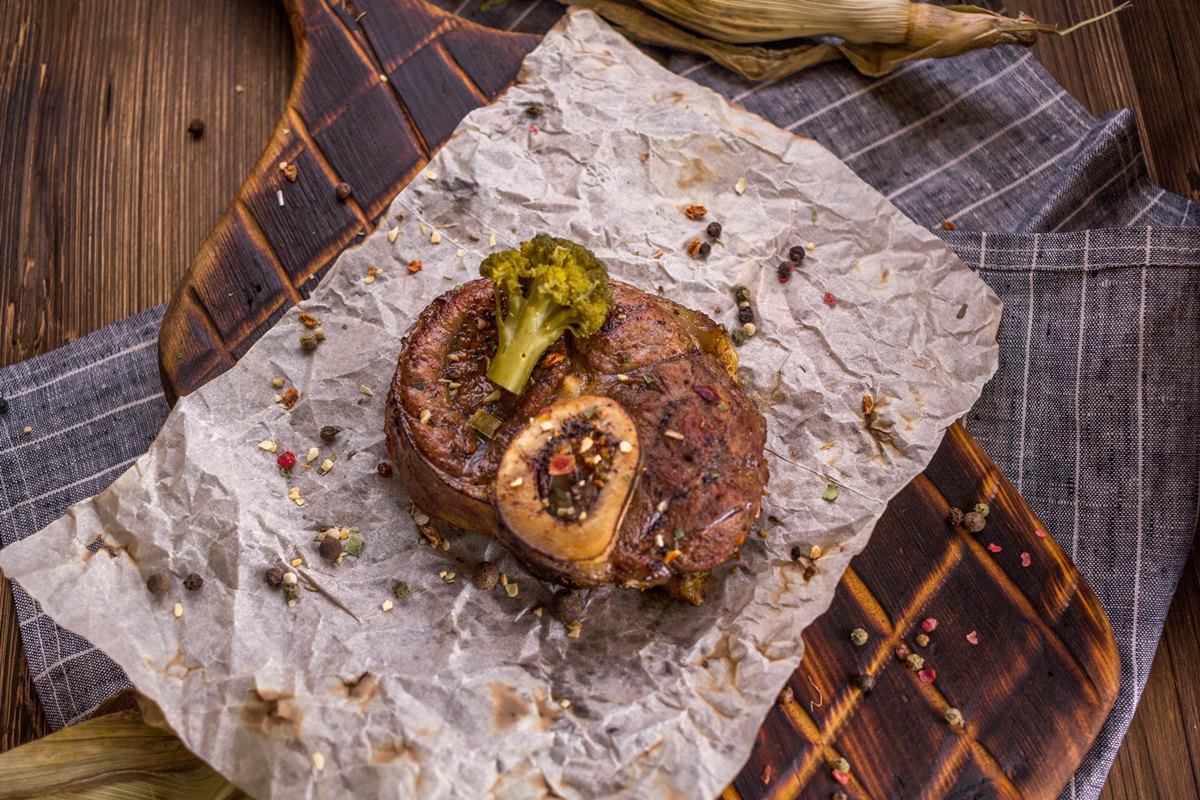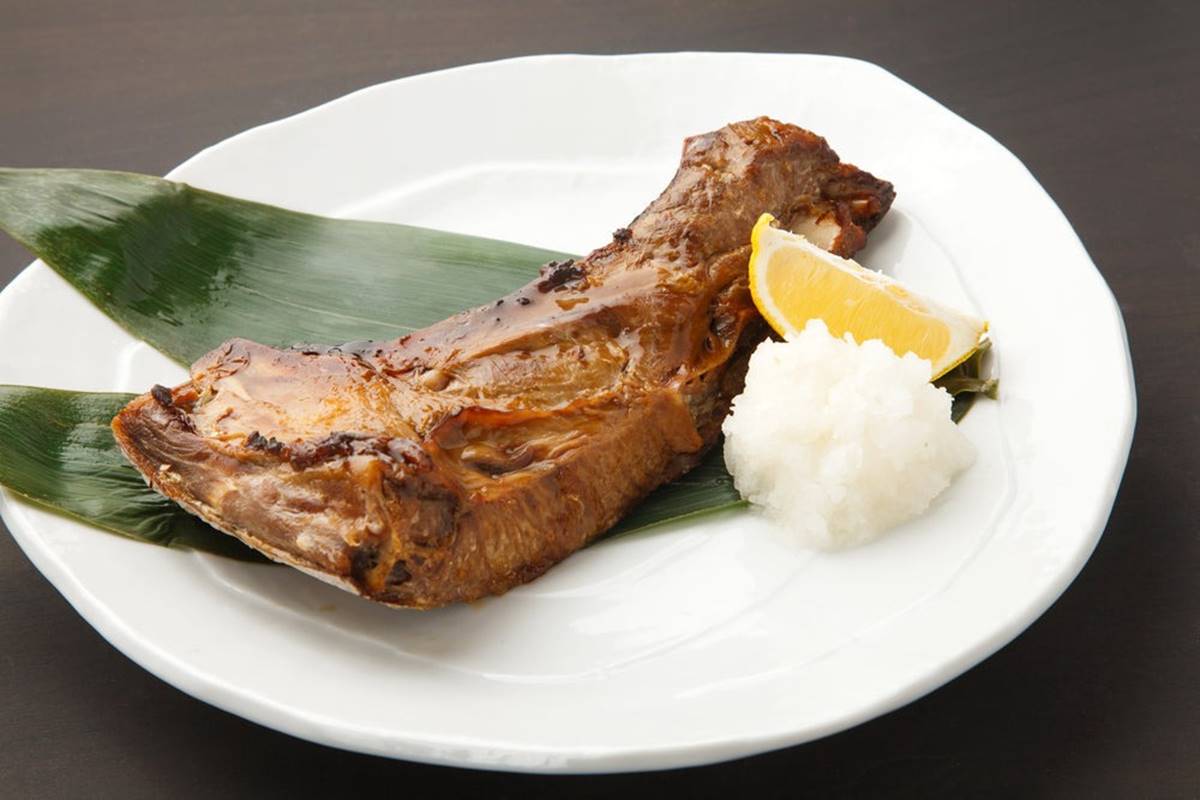Cooking smoked pork shank might seem like a culinary challenge reserved for seasoned chefs, but with the right guidance, anyone can transform this humble cut into a mouthwatering masterpiece. Smoked pork shank, rich in flavor and tender when cooked properly, offers a delightful taste journey. This guide will walk you through the essential steps to unlock the full potential of this ingredient, from preparation to the final savory bite. Whether you're aiming to impress dinner guests or simply expand your cooking repertoire, mastering smoked pork shank promises a rewarding experience filled with aromatic spices and succulent meat. Let's get started on this culinary adventure.
Essential Ingredients for a Delicious Smoked Pork Shank
- Smoked pork shank
- Olive oil
- Garlic cloves, minced
- Onion, chopped
- Carrots, diced
- Celery stalks, diced
- Bay leaves
- Thyme sprigs
- Black peppercorns
- Chicken or vegetable broth
- Salt
- Fresh parsley, chopped for garnish
Must-Have Tools for Cooking Smoked Pork Shank
- Large Pot or Dutch Oven
- Meat Thermometer
- Tongs
- Sharp Knife
- Cutting Board
- Aluminum Foil
Cooking smoked pork shank involves simmering slowly in liquid. This method tenderizes meat, infusing flavors deeply. Ideal for soups, stews, ensuring tender, flavorful results every time.
The Art of Cooking Smoked Pork Shank: Why It’s Worth It
Cooking smoked pork shank brings out its rich flavors and tender texture, making it a favorite for hearty meals. This method involves slow-cooking, which allows the meat to absorb smoky aromas, enhancing its taste. Such a process also breaks down the fibers, resulting in a succulent and flavorful dish.
Why we do it? It's simple. Preparing smoked pork shank this way transforms an otherwise tough cut of meat into a delicious, melt-in-your-mouth experience. It's not just about the end product; it's about the joy of cooking, the aroma that fills the kitchen, and ultimately, the satisfaction of sharing a well-cooked meal.
Your Ultimate Guide to Cooking Smoked Pork Shank
How To Cook Smoked Pork Shank
-
Preparation
- Gather Ingredients: Ensure you have your smoked pork shank, seasonings (salt, pepper, garlic powder), vegetables (onions, carrots, celery), and cooking liquid (water, broth, or beer).
- Thaw Pork Shank: If frozen, let your pork shank thaw in the refrigerator for 24-48 hours.
- Preheat Oven: Set your oven to 325°F (163°C) for slow roasting.
-
Seasoning
- Dry Pat: Use paper towels to pat the pork shank dry, removing any excess moisture.
- Apply Seasonings: Rub the shank with salt, pepper, and garlic powder, covering all sides evenly.
-
Vegetable Prep
- Chop Vegetables: Cut onions, carrots, and celery into large chunks.
- Layer Vegetables: In a roasting pan, create a bed with the chopped vegetables. This will act as a natural rack for the pork shank.
-
Cooking
- Place Pork Shank: Set the seasoned pork shank on top of the vegetables in the roasting pan.
- Add Liquid: Pour your choice of cooking liquid into the pan, ensuring it comes up about an inch deep, not covering the pork.
- Cover with Foil: Tightly seal the roasting pan with aluminum foil to trap moisture and flavor.
- Roast: Place in the preheated oven and cook for about 2-3 hours, or until the meat is tender and falls off the bone.
-
Basting
- Baste Occasionally: Every hour, carefully remove the foil and baste the pork shank with the pan juices to keep it moist.
-
Final Steps
- Check Doneness: Pork is ready when it reaches an internal temperature of 145°F (63°C) and is tender.
- Rest Before Serving: Once cooked, let the pork shank rest for 10-15 minutes before serving to allow juices to redistribute.
- Serve: Enjoy your smoked pork shank with the roasted vegetables and a side of your choice.
A Final Slice on Smoked Pork Shank
Cooking smoked pork shank might seem like a culinary challenge, but with the right steps, it transforms into a delightful journey. Remember, patience and attention to detail are your best friends in the kitchen. Start by giving your pork shank a good soak if it's too salty, then let the magic of slow cooking or braising do the rest. Whether you choose to simmer it on the stove, braise it in the oven, or let it tenderize in a slow cooker, the key is low and slow. Infuse it with your favorite herbs and spices to elevate the flavors. Once it's fall-off-the-bone tender, serve it up with your choice of sides for a meal that's sure to impress. There you go, a straightforward path to mastering smoked pork shank. Give it a try and watch it become a favorite in your culinary repertoire.
Using the tips from the article, readers can try crafting a hearty Smoked Pork Shank and Bean Soup, perfect for a cozy night in. For those who love a tangy twist, Smoked Pork Shank with Sauerkraut offers a delightful combination of flavors. If comfort food is what they're after, Braised Smoked Pork Shank with Cabbage is a must-try, bringing tender meat and savory cabbage together. Finally, Smoked Pork Shank with Lentils is a nutritious and satisfying option, blending the smoky goodness of the pork shank with the earthiness of lentils.
All Your Questions About Smoked Pork Shank Answered
How long does it take to cook a smoked pork shank?
Cooking smoked pork shank usually requires a slow and low approach to bring out its best flavors and tenderness. Expect to spend about 2 to 3 hours in the oven if you're cooking at around 325°F (163°C). For slow cookers, setting it on low for 8 hours or high for about 4 hours should do the trick.
What's the best way to ensure my smoked pork shank is flavorful?
Marinating your shank overnight can infuse it with deep flavors. Consider using a mix of garlic, herbs, and your favorite spices. Additionally, basting the shank during cooking helps keep it moist and adds an extra layer of flavor.
Can I cook smoked pork shank in a slow cooker?
Absolutely! Slow cookers are perfect for smoked pork shanks. They cook slowly and gently, ensuring the meat is fall-off-the-bone tender. Just remember to add some liquid (like broth or beer) to create a moist environment.
What side dishes pair well with smoked pork shank?
Hearty sides are your best bet. Think mashed potatoes, sautéed greens, or a rustic bean stew. These dishes complement the rich flavors of the pork without overpowering it.
How do I know when my smoked pork shank is done cooking?
A meat thermometer is your best friend here. You're aiming for an internal temperature of 145°F (63°C) for safety. But for that fall-apart tenderness, aim for around 190°F to 200°F (88°C to 93°C).
Is there a way to make smoked pork shank less fatty?
Trimming excess fat before cooking can reduce overall fat content. Also, letting the shank rest after cooking and skimming off the fat from the cooking liquid can help. Remember, though, that some fat adds flavor and moisture.
Can I reuse the bone from a smoked pork shank?
Definitely! The bone is packed with flavor. Use it to enrich soups, broths, or even a batch of beans. Just simmer it for a few hours to extract all the goodness.
